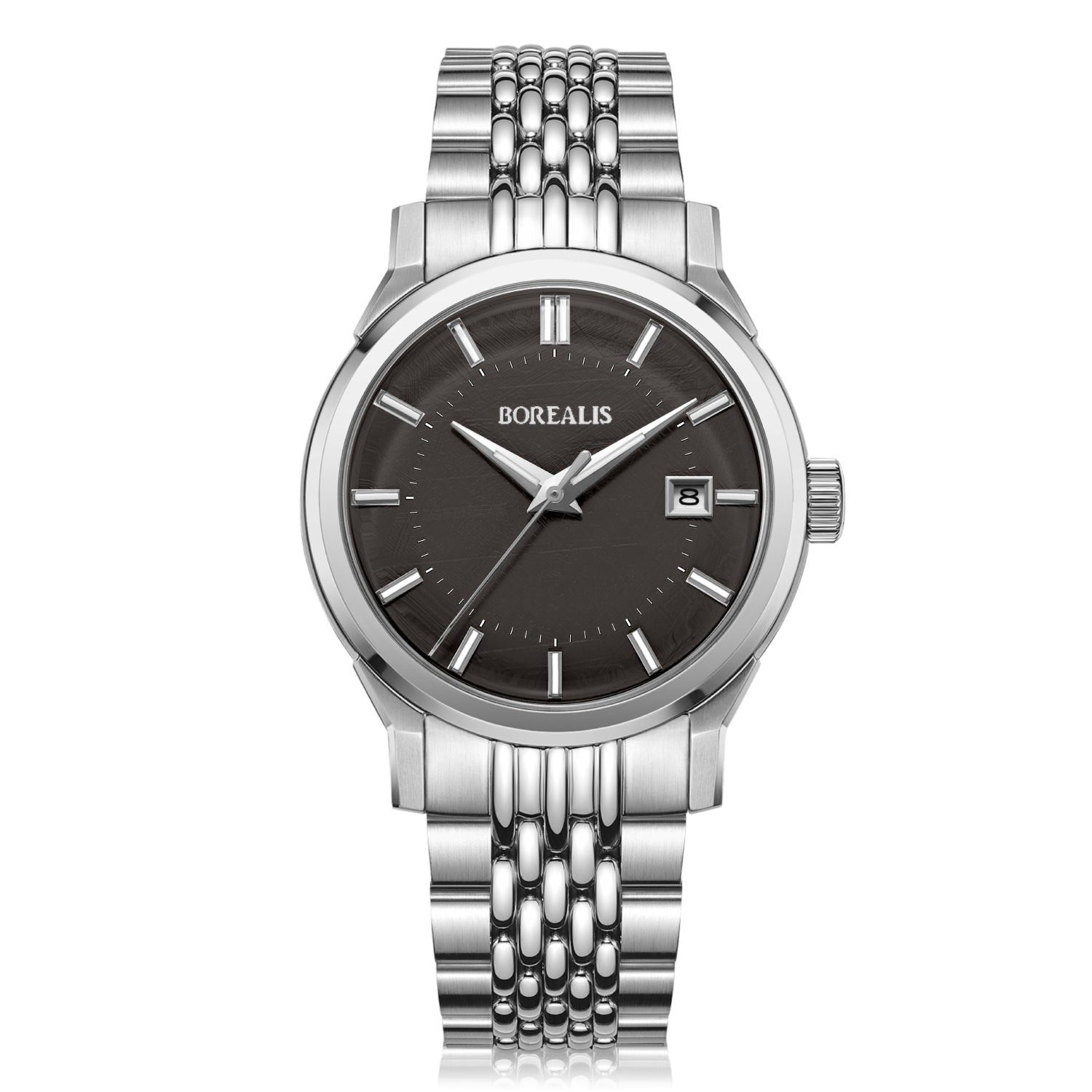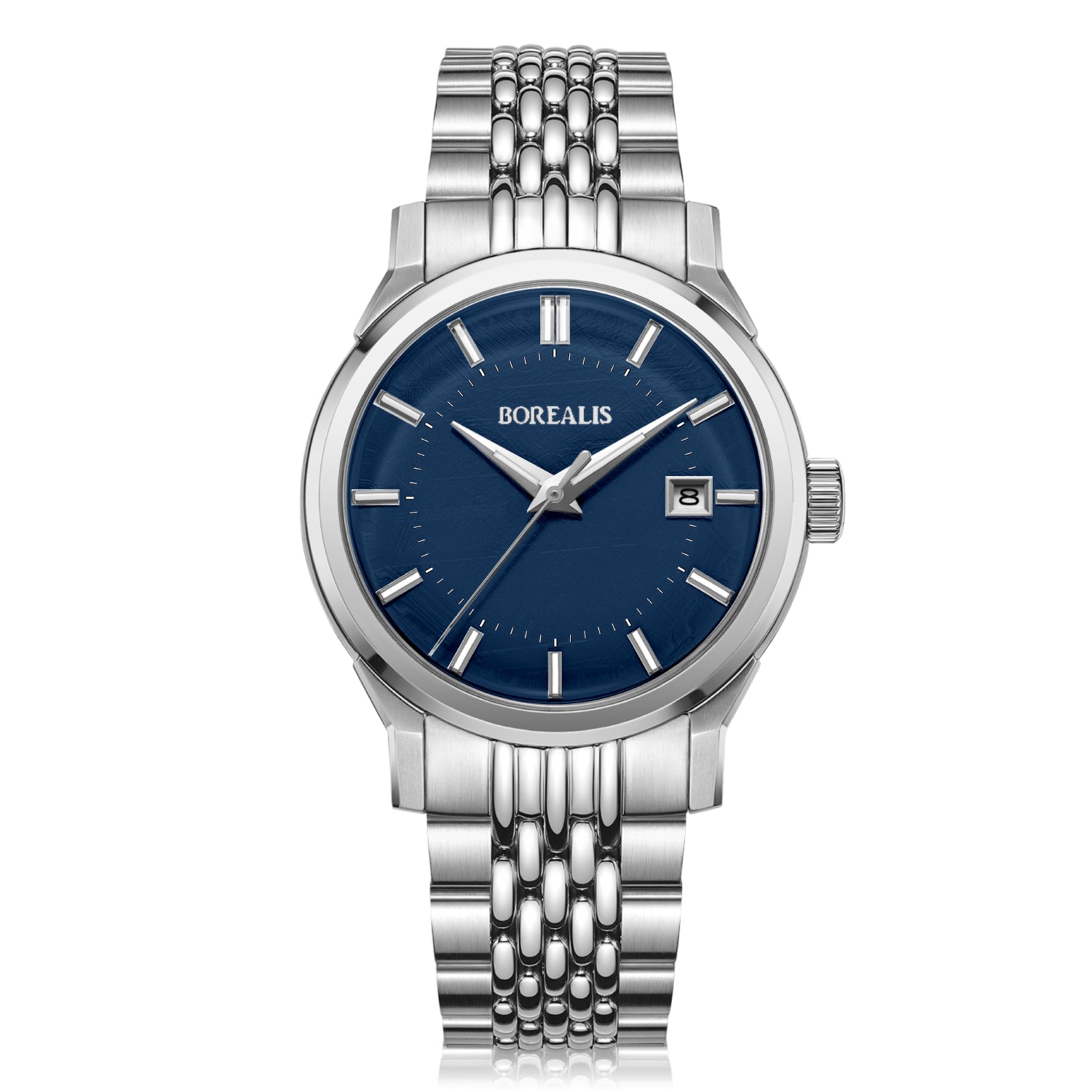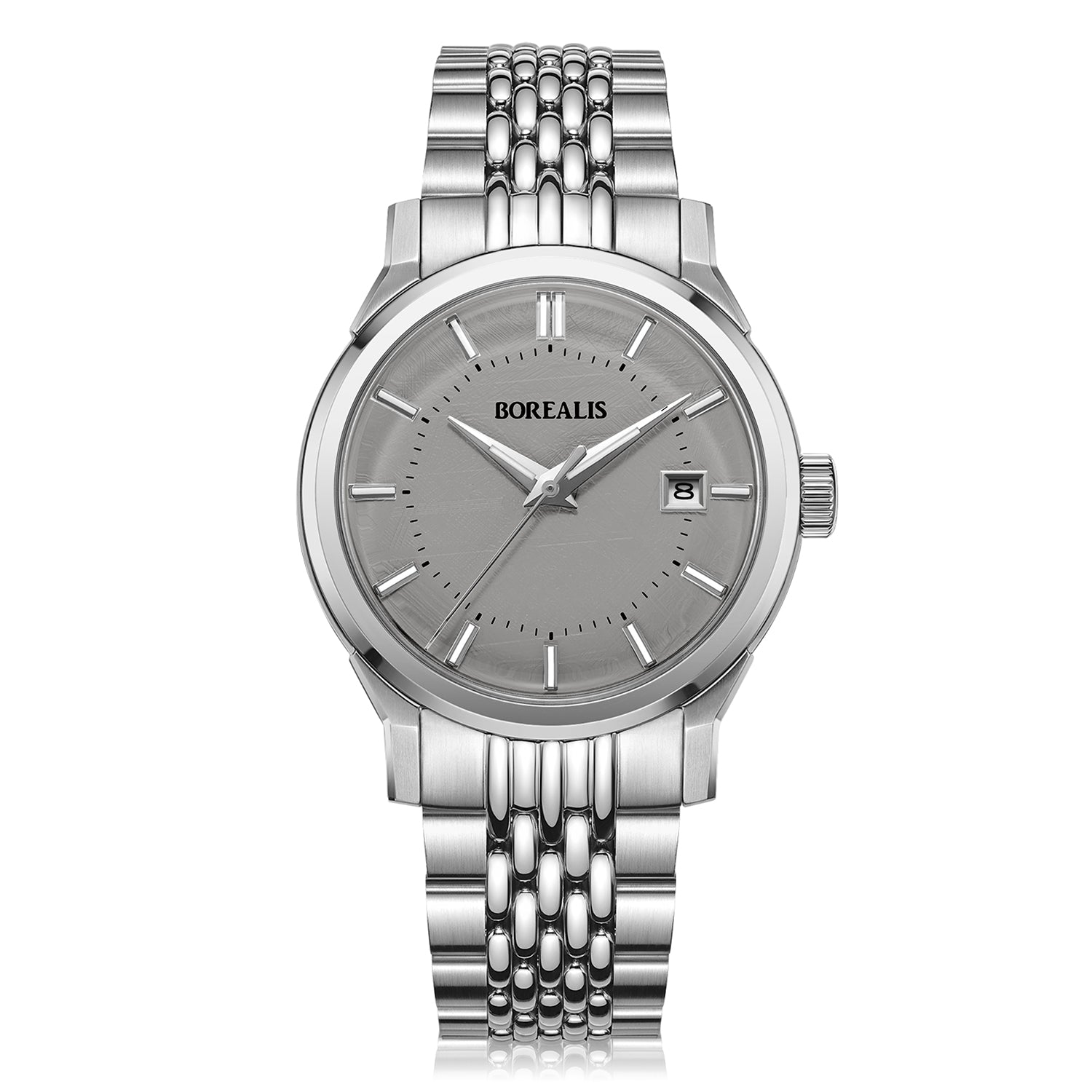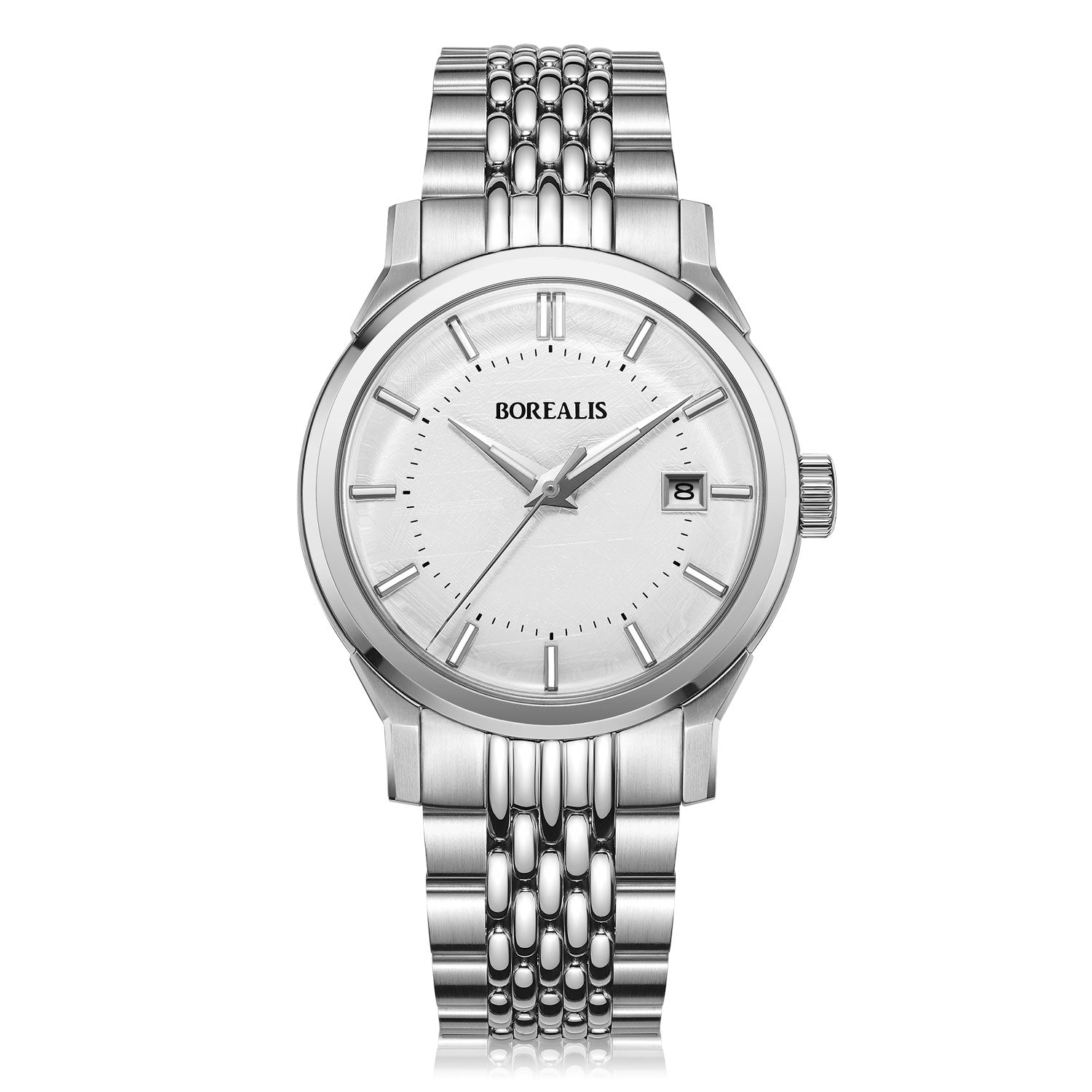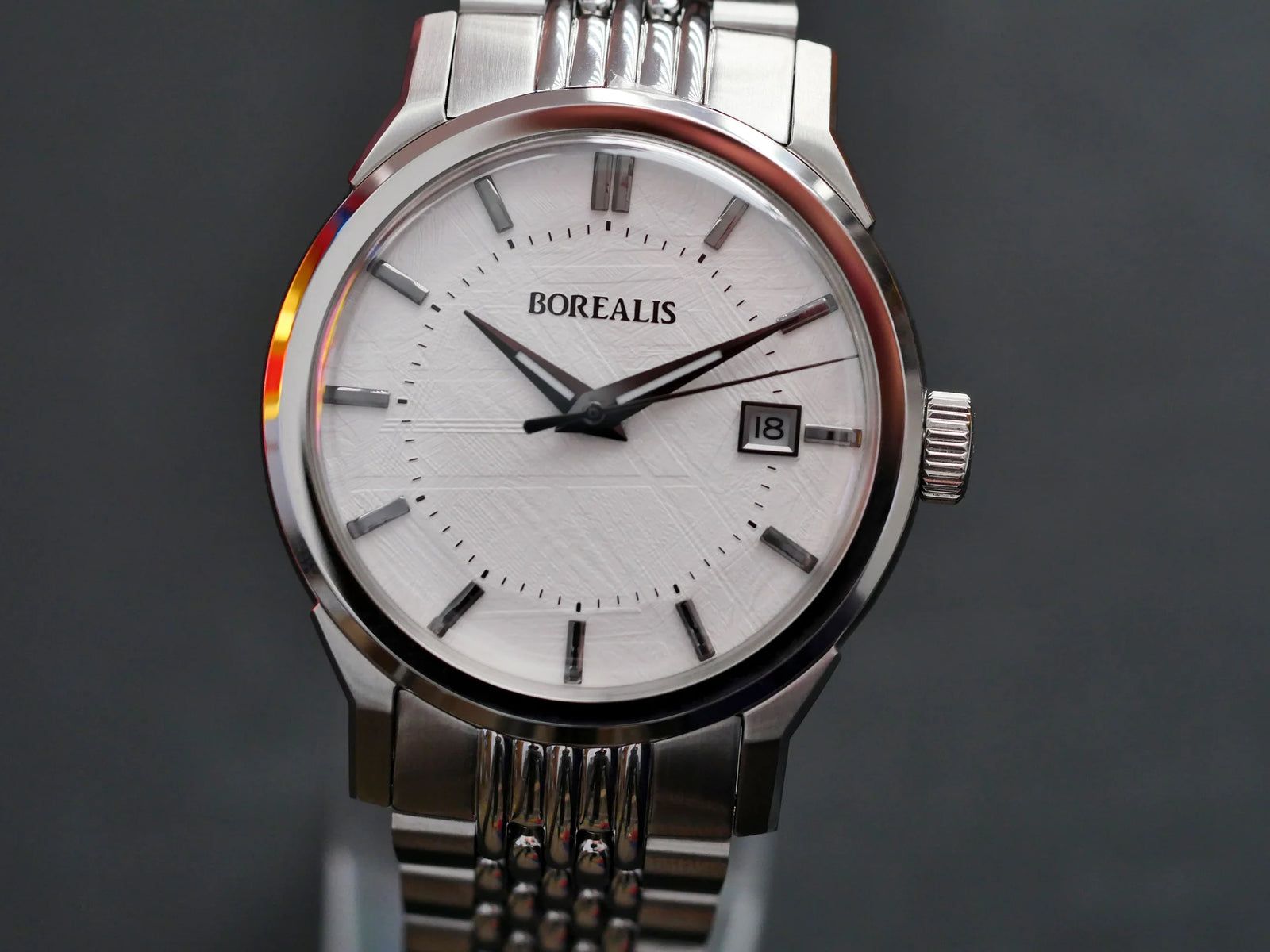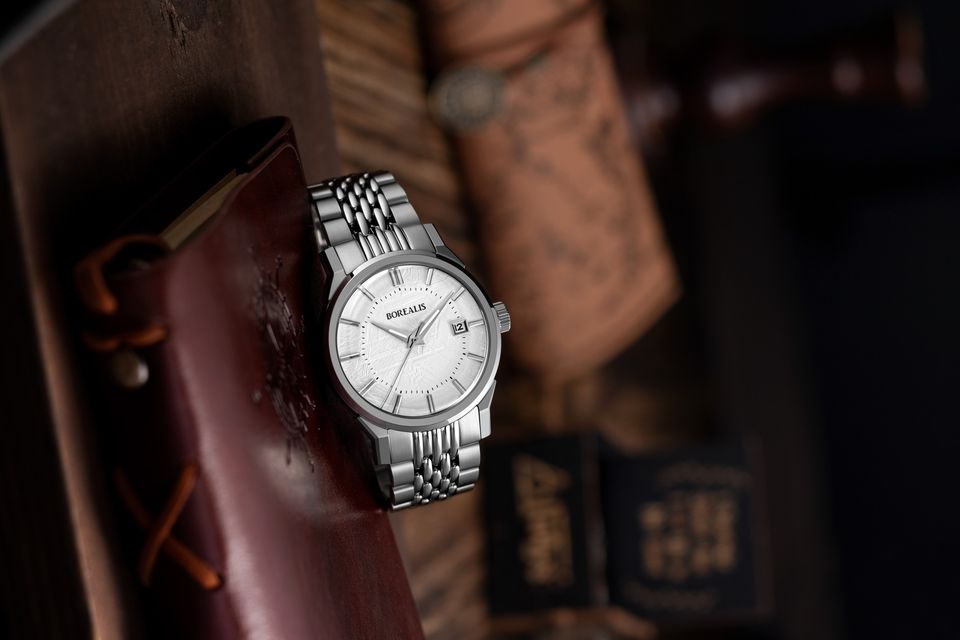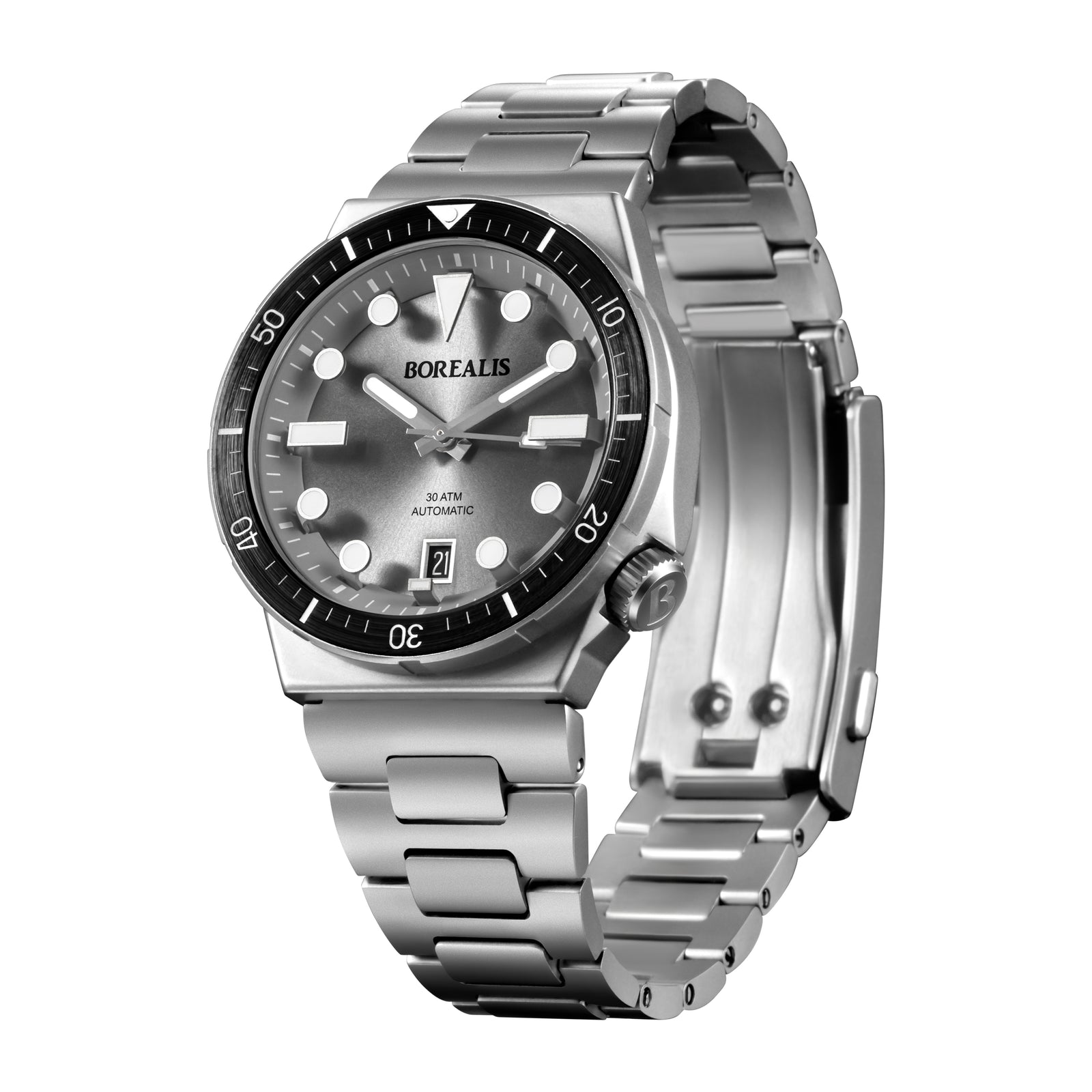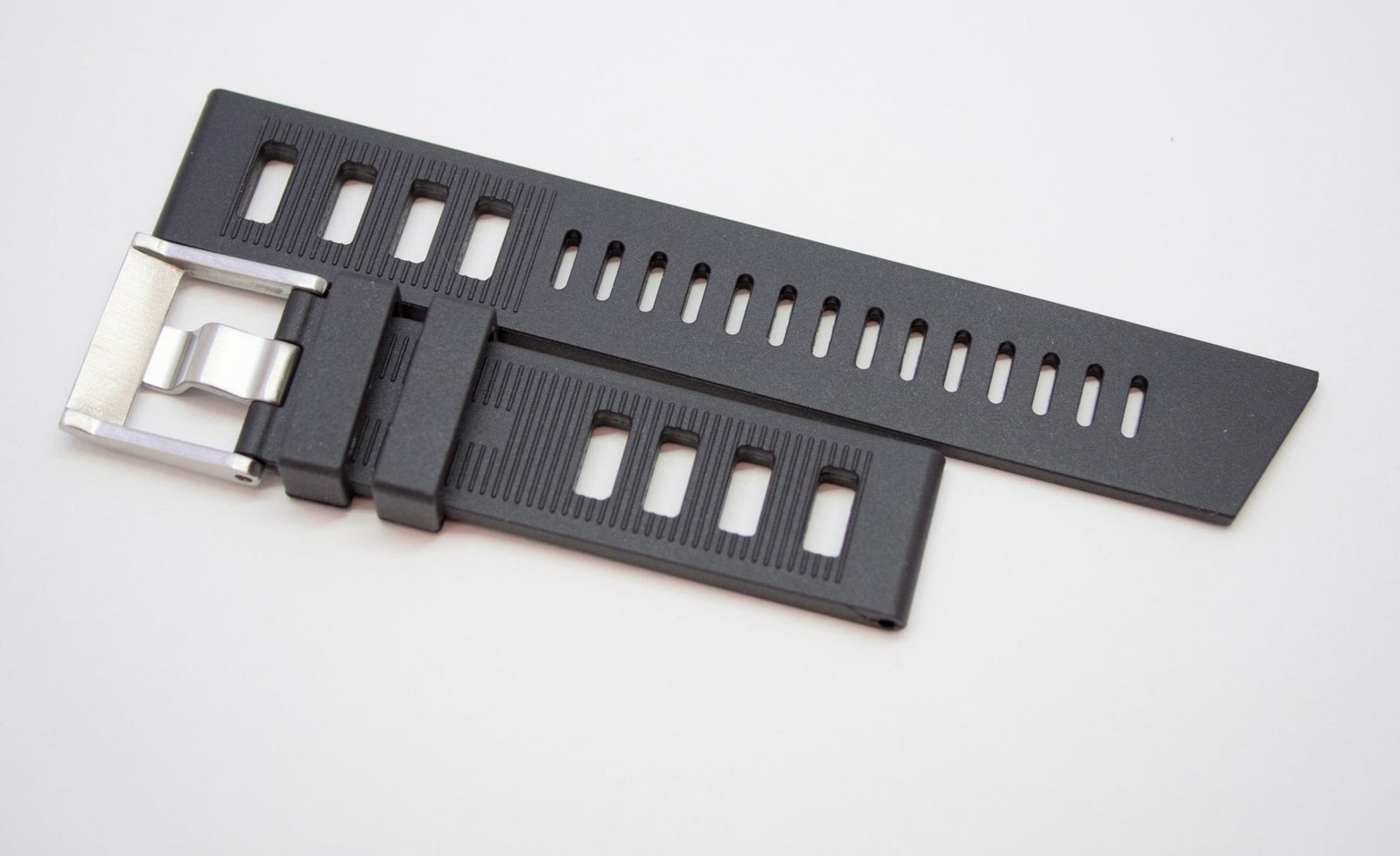In the world of horology, the mechanical watch movement is the heart of a timepiece.
The precision, durability, and craftsmanship of these movements often define the reputation of the watch.
The Swiss have long been recognized as the industry leaders, with renowned movements such as the ETA 2824-2 and Sellita SW200-1.
However, recent years have seen competition from other corners of the globe. One such contender is the PT5000, produced by Hong Kong's H.K. Precision Technology (HKPT), which has gained attention in the watch community for its impressive performance and affordability.

In this blog post, we will delve into the PT5000 movement and compare it to the well-established ETA 2824-2, Sellita SW200-1, and STP 1-11.
The PT5000: An Eastern Contender
The PT5000 is an automatic movement, offering a power reserve of 38 hours. It measures 25.60mm in diameter and is 4.60mm thick.
It includes 25 jewels and operates at 28,800 vibrations per hour (4Hz). The movement features hacking, hand-winding, and a quickset date, with the date display located at the 3:00 position.
Despite being a relative newcomer (first mentioned in Chinese news articles as far back as September 2015), the PT5000 has already garnered attention for its similarities with the ETA 2824-2, with some even referring to it as a "clone" of the Swiss movement.

However, such nomenclature should not undermine the performance and value the PT5000 brings to the table1.
The PT5000 vs. The Swiss Giants
ETA 2824-2
The ETA 2824-2 has long been a stalwart in the watch industry, well-regarded for its accuracy and reliability. Like the PT5000, it operates at 28,800 vibrations per hour (4Hz) and has a similar 38-hour power reserve. The PT5000's design and functionality closely mirror that of the ETA 2824-2, leading many to draw comparisons between the two.
SELLITA SW200-1
The Sellita SW200-1 is another Swiss movement that bears resemblance to the PT5000. It, too, is an automatic movement with a 38-hour power reserve, operating at 4Hz. Sellita has been in the business for a long time and is known for its high-quality movements. The SW200-1 is no exception and has proven to be a reliable and accurate movement.
STP 1-11
The STP 1-11 is produced by Swiss Technology Production (STP), a company that is part of the Fossil Group. Like the PT5000, ETA 2824-2, and SW200-1, the STP 1-11 is an automatic movement that operates at 28,800 vibrations per hour (4Hz) and offers a power reserve of 44 hours, a little more than its competitors.
Specifications and Features Comparison
PT5000 Specifications and Features
- Manufacturer: H.K. Precision Technology
- Country of Origin: China
- Movement Type: Automatic
- Diameter: 25.60mm
- Thickness: 4.60mm
- Jewels: 25
- Vibrations Per Hour: 28,800 (4Hz)
- Power Reserve: 38 hours
- Other Features: Hacking, hand-winding, quickset date
ETA 2824-2 Specifications and Features
- Manufacturer: ETA
- Country of Origin: Switzerland
- Movement Type: Automatic
- Diameter: 25.60mm
- Thickness: 4.60mm
- Jewels: 25
- Vibrations Per Hour: 28,800 (4Hz)
- Power Reserve: 38 hours
- Other Features: Hacking, hand-winding, quickset date
Sellita SW200-1 Specifications and Features
- Manufacturer: Sellita
- Country of Origin: Switzerland
- Movement Type: Automatic
- Diameter: 25.60mm
- Thickness: 4.60mm
- Jewels: 26
- Vibrations Per Hour: 28,800 (4Hz)
- Power Reserve: 38 hours
- Other Features: Hacking, hand-winding, quickset date
STP 1-11 Specifications and Features
- Manufacturer: Swiss Technology Production
- Country of Origin: Switzerland
- Movement Type: Automatic
- Diameter: 25.60mm
- Thickness: 4.60mm
- Jewels: 26
- Vibrations Per Hour: 28,800 (4Hz)
- Power Reserve: 44 hours
- Other Features: Hacking, hand-winding, quickset date
In conclusion, the PT5000, while being a newcomer to the industry, holds its own against the Swiss giants. Its specifications and performance are comparable to those of its competitors, and it offers an affordable alternative without sacrificing quality or reliability.
Ultimately, the choice between these movements will depend on individual preferences and needs. Each has its strengths and potential downsides, and it's up to the consumer to decide what factors are most important to them.

